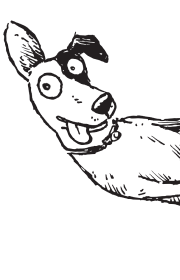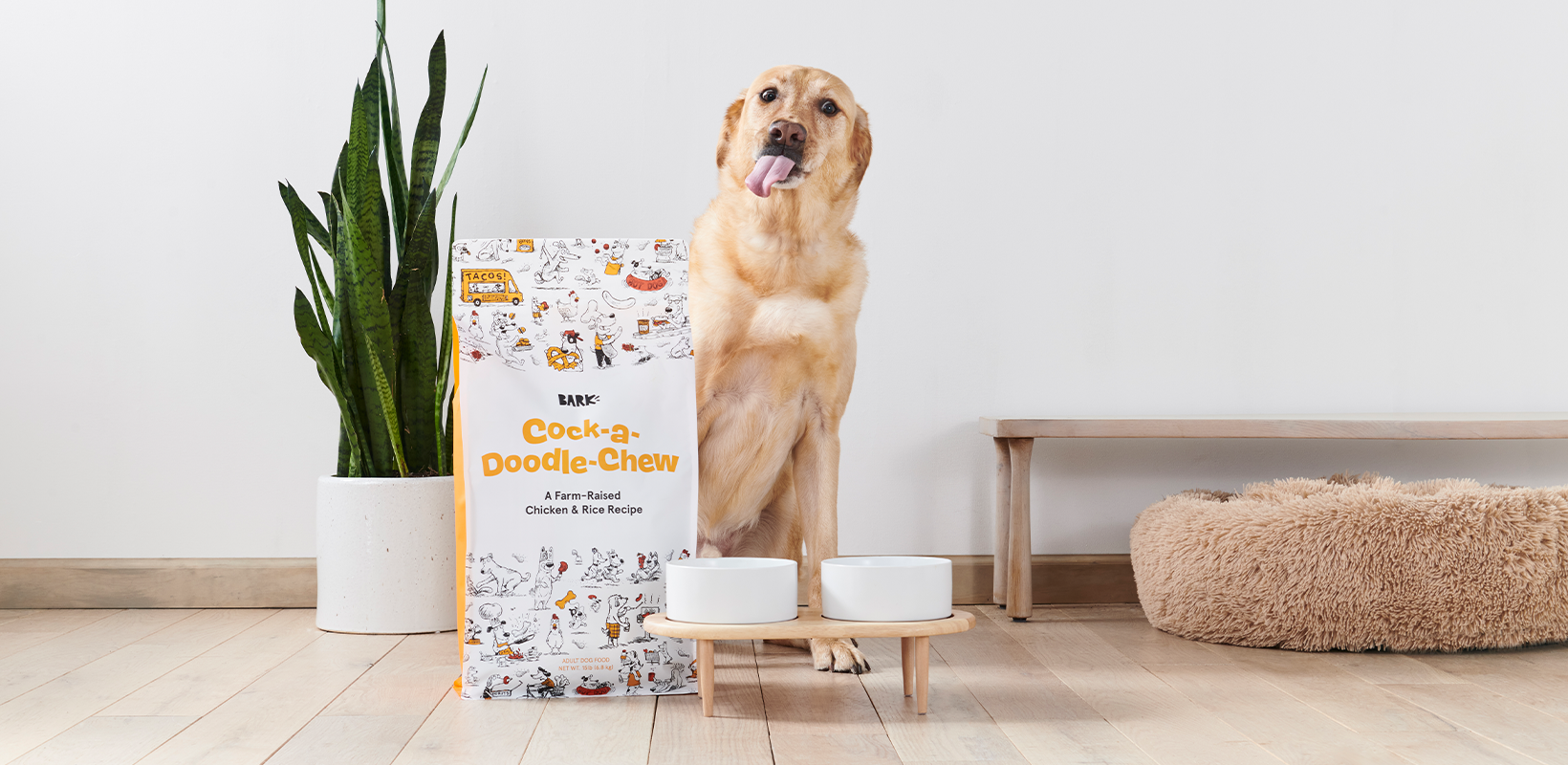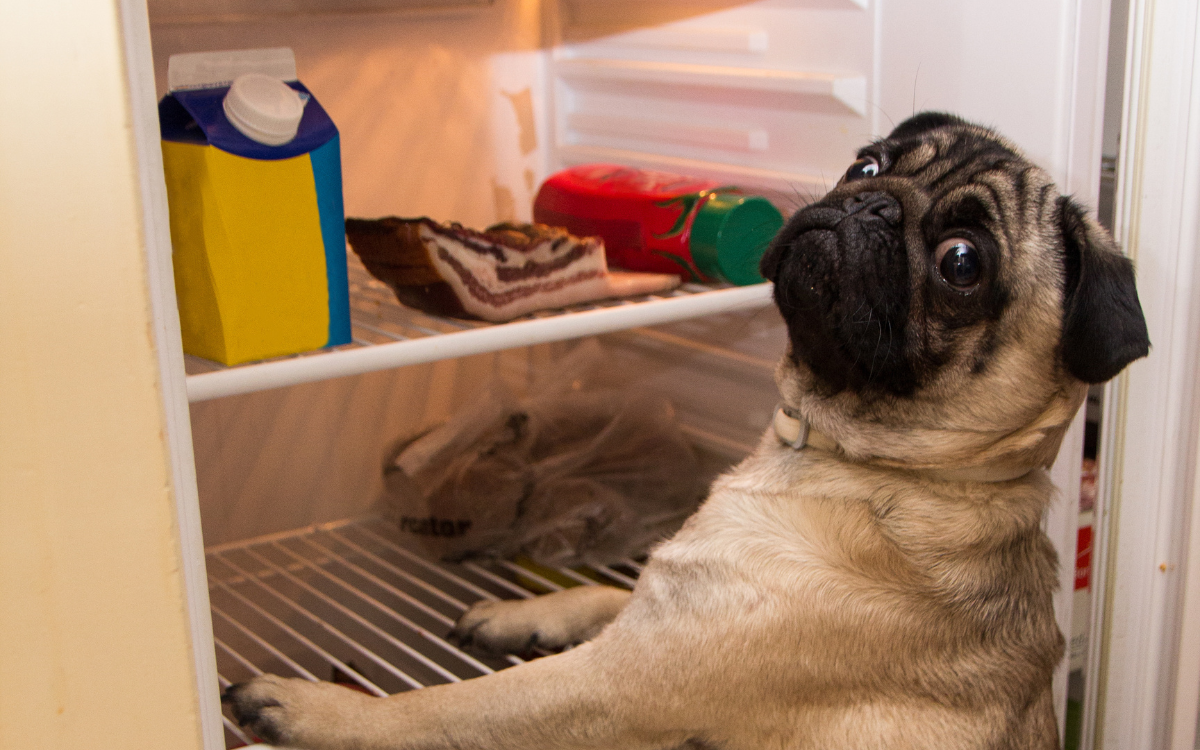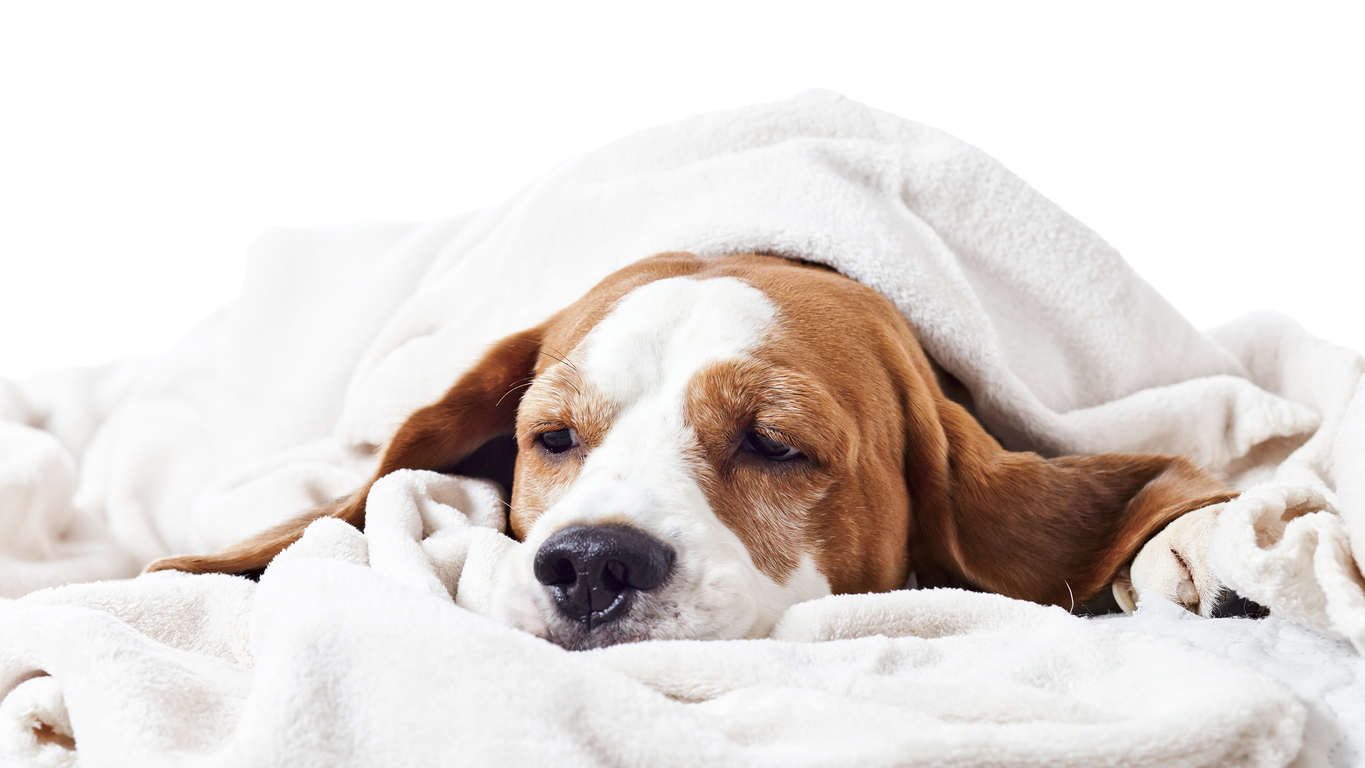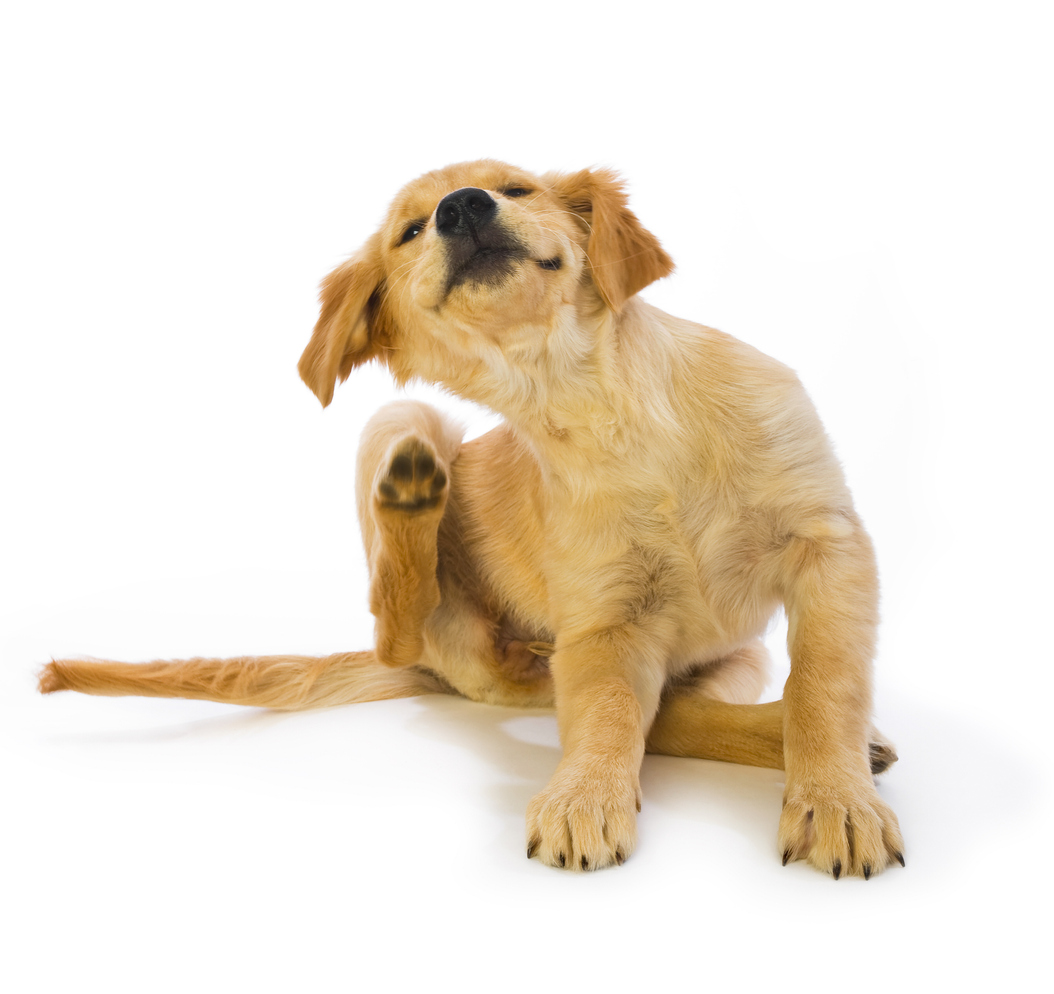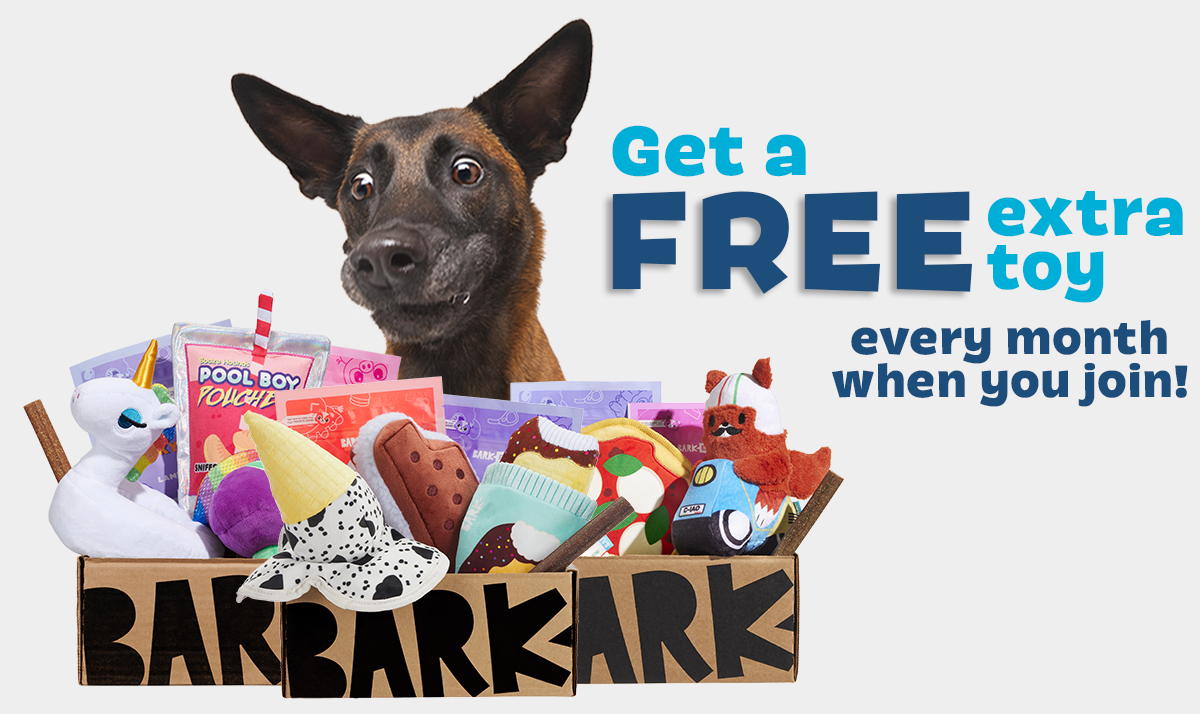You are relaxing at home, your dog happily chewing on their favorite chewie nearby, when suddenly they cry out. They quickly settle back down and may even go back to chewing, but you notice they only chew on the other side of the mouth. Or maybe you find a small chunk of tooth. Or your dog may be completely normal, but something looks off when you go to brush their teeth. What do you do now?
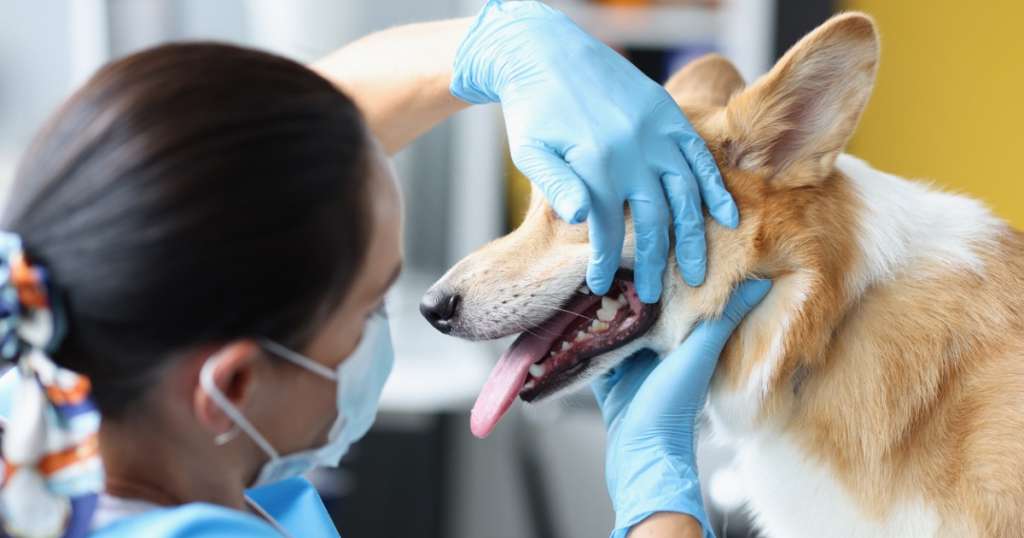

What Should You Do if Your Dog Chips a Tooth?
First, call your veterinarian to set up an evaluation. The chipped tooth will need to be addressed by a veterinary professional in almost all cases. In the meantime, here are some things you can do to keep your dog comfortable and prevent further damage.
Pick Up All the Chew Toys
It may seem harsh, but the damaged tooth is not as strong as a healthy tooth. Until it has been repaired or removed, you do not want to damage the tooth more. If your dog is a busybody that needs things to do all the time, use toys that do not require chewing. Things like snuffle mats, where they hunt for pieces of kibble, lick-based toys (with a thin layer of trusty peanut butter or wet dog food), and increased exercise are a couple of ideas. Make sure if you are introducing a new toy or food that it is appropriate for your specific dog (for example, don’t give a snuffle mat to a dog who eats fabric, or a lick toy meant for a smaller dog). If your dog is on prescription food or gets an upset tummy frequently, use the wet version of their dog food instead of introducing a new “human” food.
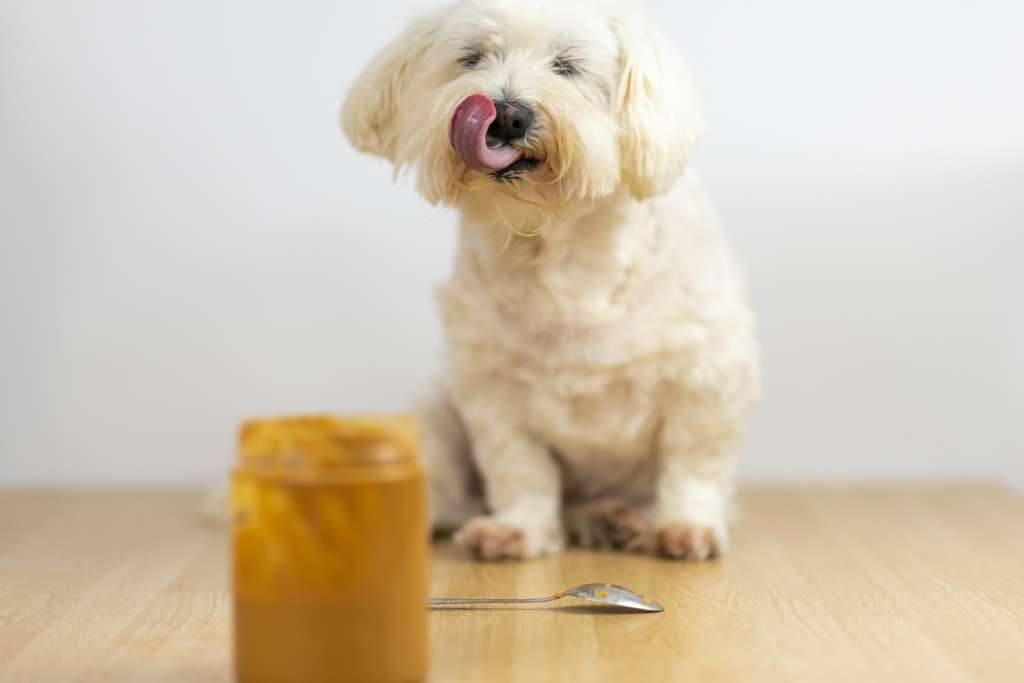

Soften the Kibble
Dogs that have mouth pain may choose to chew on one side of their mouth, or swallow kibble chunks whole. Softened kibble is just a little easier to chew and swallow, especially if your dog is uncomfortable. You do not need to run out and buy new food (although you can buy the wet version of your dog’s food if it exists). To soften the food, simply add 1 part hot water to 4 parts kibble 20 to 30 minutes before feeding your dog. The kibble will soak up the water, making the food just a little softer. Once wet, the food should be eaten or thrown away within a couple of hours, so only soften the amount for the current meal. Rinsing the dish between meals is ideal if any moist food is being fed. Avoid very hot or very cold foods as your dog may have temperature sensitivity due to the damaged tooth.
Brush Teeth Daily
Finally: brush! If you can do it twice daily, that’s even better. Make sure to use a dog-specific toothpaste product. While getting all surfaces of the tooth is ideal, the large majority of disease is seen on the cheek side of the tooth. Use a soft-bristled brush to apply dog toothpaste on the cheek side of all the teeth. If your dog still has patience, gently scrub over areas with yellow discoloration (look right next to the gums and between the teeth).
Related Article: Do I Need To Brush My Dog’s Teeth Every Day?
If this is too much for your dog, wipe away debris daily or rinse with water. The goal here is to keep the area as clean as possible without causing distress to your dog. Having a sore tooth is bad enough.
Looking for a proactive approach to your dog’s dental health? BARK Bright pairs an enzymatic toothpaste with specially-shaped dental chews so your dog’s pearly whites stay in tip-top shape!


What Should You Expect at Your Veterinary Visit?
Your vet will look over your dog. Assuming your pet is comfortable, they will access the teeth as best they can while your pup is awake. Some dogs let you get a great look, while some are far too nervous to let this happen. This is not a judgment on you or your dog! If a tiger walked up to me and tried to look in my mouth I might not oblige.
Related Article: Are There Dentists For Dogs?
A dental cleaning is likely needed to determine the full extent of the damage. The main goals of the first appointment are to manage pain, visualize damage, make sure your pet is well enough to handle a dental procedure, and decide what plan is best for your dog. If the affected tooth is functionally very important, your veterinarian may discuss if a root canal is an option for treatment. This likely will require referral to a veterinary dentist.
Side note: You do not need to bring a piece of tooth if you have it. It cannot be re-attached.
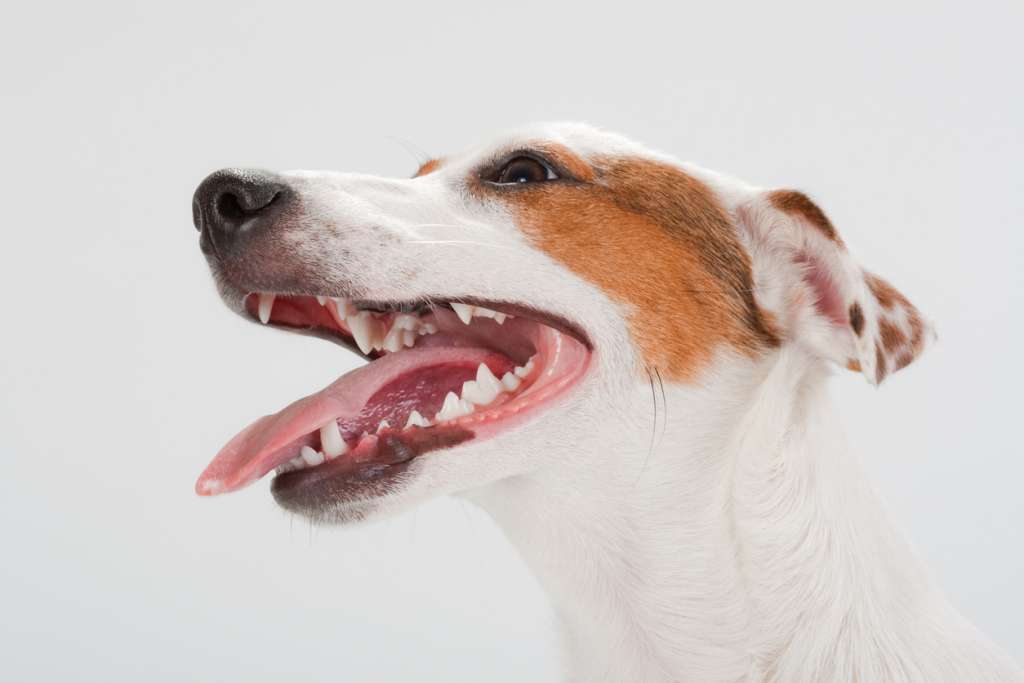

What Can You Expect During Recovery?
Once your dog has been treated, make sure you know when you can reintroduce chew toys and dry kibble. Dogs tend to tolerate dental procedure recoveries very well, but you do not want to give it to them before they are ready and delay the healing process. Daily dental care is a habit to stick with. Your dog’s smile will appreciate your efforts.
Colleen Ferriman, DVM, is a canine and feline health, wellness, and illness management advocate. She has a combined 10 years of experience in clinical medicine, education, and educational content development. Colleen graduated from Colorado State University as a Doctor of Veterinary Medicine, has worked as a general practitioner, and has contributed to the development of veterinary educational tools. She is also a member of the American Veterinary Medical Association and American Academy of Veterinary Pharmacology and Therapeutics.
